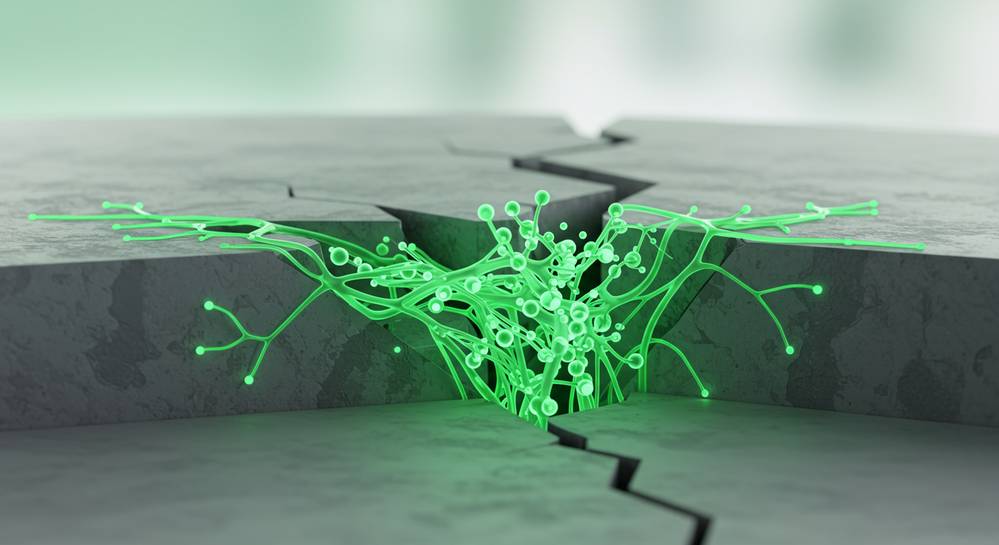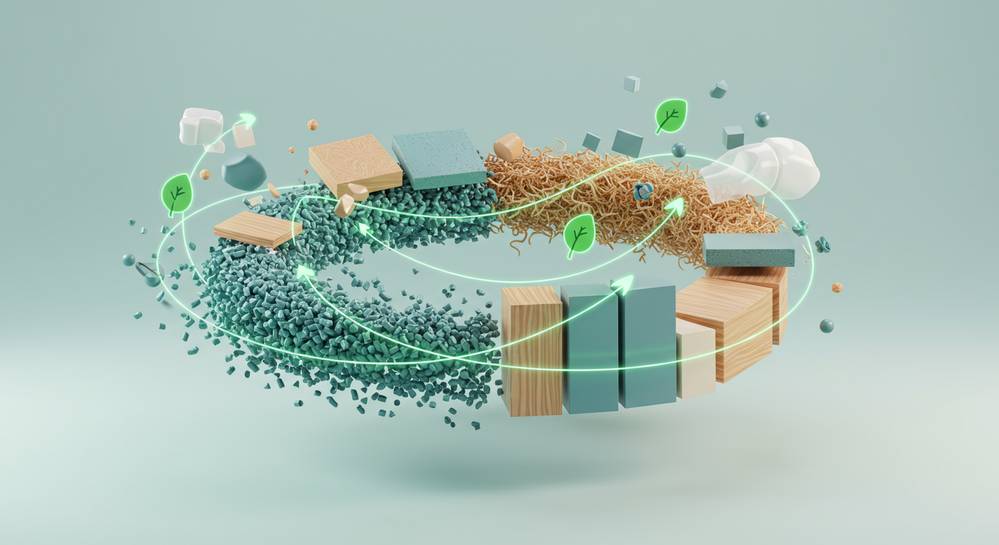The construction industry is undergoing a green revolution. As sustainability becomes a priority, innovative materials are leading the charge. Understanding the latest eco friendly building materials trends is no longer a niche interest but a necessity for future-proof building. This guide explores the key developments transforming how we build, from reclaimed resources to bio-engineered solutions that promise a more sustainable and resilient future.
Contents
The rise of mass timber and engineered wood

Why mass timber is a leading sustainable material
Mass timber, particularly Cross-Laminated Timber (CLT), is revolutionizing modern architecture. It offers a powerful alternative to carbon-intensive concrete and steel. By laminating wood layers, this process creates exceptionally strong structural panels for high-rise buildings. This method is a cornerstone of emerging eco friendly building materials trends, proving wood is both a traditional and futuristic material.
The key advantages driving this shift are significant and multifaceted:
- Carbon Sequestration: Wood naturally stores CO2, turning buildings into carbon sinks and actively reducing greenhouse gases.
- Prefabrication and Efficiency: Components are made off-site and assembled quickly, cutting construction time and on-site waste.
- Thermal Performance: As a natural insulator, wood creates more energy-efficient buildings that require less heating and cooling.
- Aesthetic and Biophilic Benefits: Exposed wood enhances occupant well-being, a core principle of biophilic design.
Innovative bio based and recycled materials
Beyond wood, a new generation of materials is gaining traction in construction. These innovations focus on using renewable resources and repurposing waste, aligning with circular economy principles. Such developments are central to the future trends in architecture and are a key part of the latest eco friendly building materials trends.
From nature’s own composites
Mycelium, the root structure of mushrooms, is grown to create lightweight, fire-resistant, and fully biodegradable insulation. At the same time, hempcrete, a mix of hemp hurds and lime, forms breathable walls that regulate humidity and sequester carbon. Both materials turn agricultural byproducts into high-performance building components with minimal environmental impact.
Transforming waste into value
Innovators are also tackling pollution by turning plastic waste into durable building materials. This includes structural bricks, insulation panels, and lumber that can outperform traditional options. Similarly, engineered bamboo offers a rapidly renewable resource with a tensile strength comparable to steel, making it ideal for structural beams and modern flooring solutions.
Smart materials and self healing concrete

The rise of responsive and smart materials
The next frontier in sustainable construction involves materials that actively respond to their environment. These innovations, part of the broader eco friendly building materials trends, can repair themselves to extend a building’s lifespan. By integrating biology with engineering, this approach creates more resilient and efficient structures. It significantly reduces long-term maintenance needs and the associated environmental impact.
How self healing concrete works
Self-healing concrete is a prime example of these emerging smart technologies. This material contains dormant bacteria and their food source within microcapsules. When a crack forms and water enters, the bacteria are activated. They consume their food and excrete limestone, autonomously filling the crack and repairing the damage. This process prevents minor issues from becoming major structural failures.
This innovation drastically reduces the need for costly repairs and replacement. It cuts down on the material and energy consumption associated with maintenance over the building’s life, making it a truly sustainable solution.
Embracing the circular economy in construction

The shift to a circular economy
Perhaps the most significant of all eco friendly building materials trends is the shift towards a circular economy. This model moves away from the traditional take-make-dispose approach. It focuses on creating systems where waste is eliminated and materials are continuously reused. In construction, this means designing buildings for deconstruction, not demolition, ensuring a sustainable lifecycle.
Key principles of this forward-thinking approach include:
- Design for Disassembly: This involves creating structures where components can be easily separated and reused. It prioritizes mechanical fasteners like bolts over permanent adhesives or welds.
- Material Passports: These are digital records detailing every material within a building. They make it easier to identify, recover, and repurpose components in the future.
- Reclaimed Materials: Prioritizing salvaged bricks, reclaimed wood, and recycled steel reduces demand for virgin resources. This practice significantly lowers a project’s embodied carbon.
This holistic trend influences every choice, from initial design to material selection. It ensures that today’s buildings can serve as the material banks for tomorrow’s projects.
The movement towards green construction is clearly accelerating, driven by materials that are smarter, cleaner, and more efficient. These trends show a definitive shift from a linear model of consumption to a circular, regenerative approach. By embracing these innovations, the industry can build a more sustainable future. For more insights into the intersection of technology and modern living, explore Dwelling Tech Trends.


